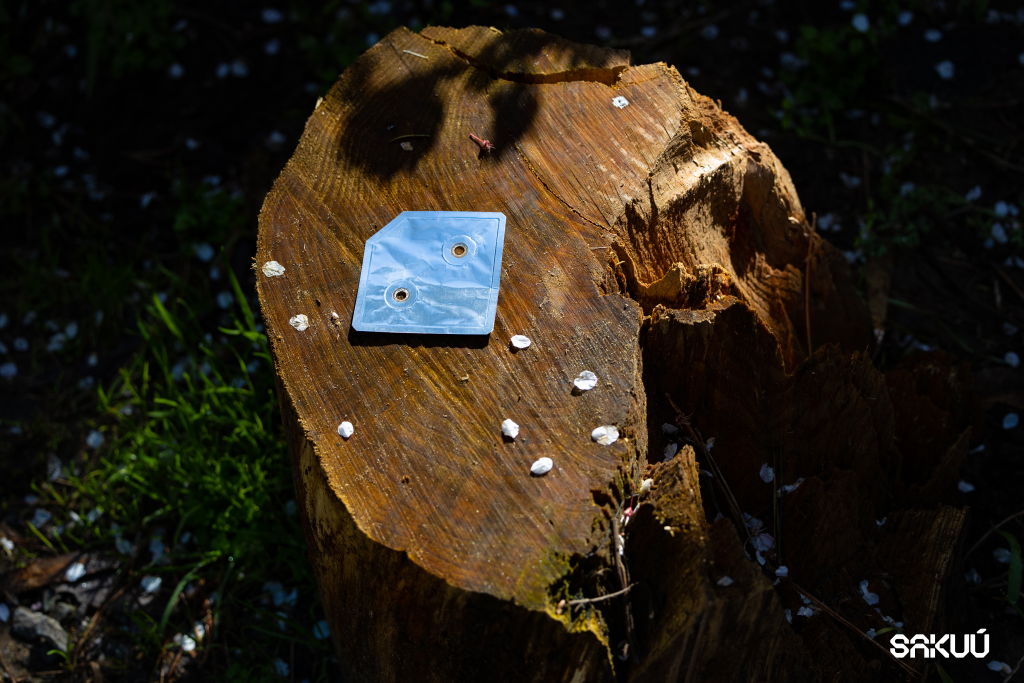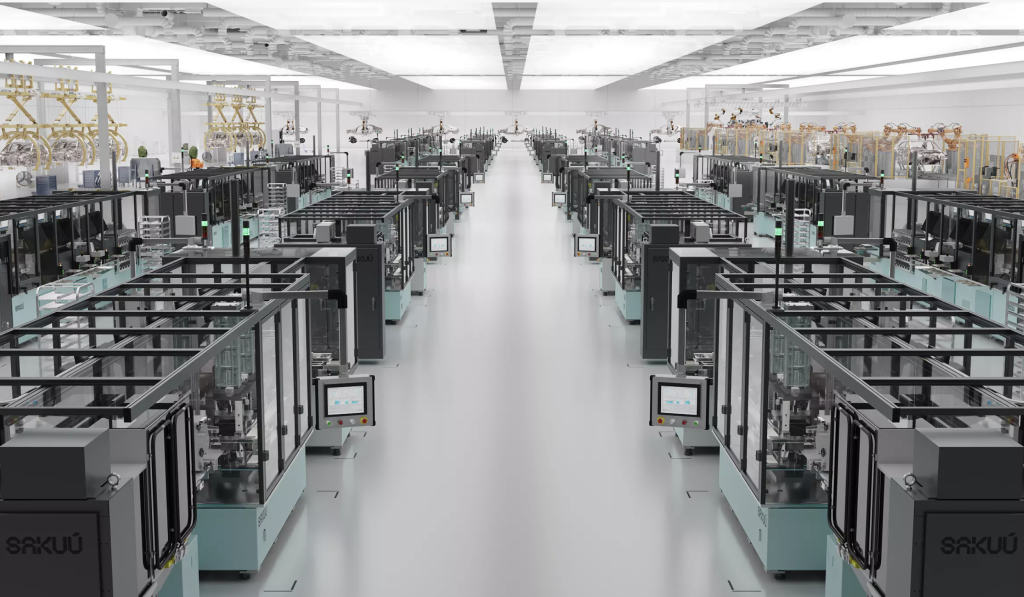Kavian platform and SwiftPrint batteries manufacturer Sakuu Corporation has announced that it has successfully and consistently 3D printed completely operational performant batteries in custom sizes and shapes since December 2022.
At Sakuu’s Silicon Valley battery pilot line facility, these batteries were 3D printed as patterned cells with patterned openings for thermal control in a completely dry method. Sakuu claims that this is a “first-of-its-kind” recorded manufacturing accomplishment and an essential milestone towards its intended mass production of next-generation SwiftPrint batteries, which include solid-state batteries, in gigafactories around the world using its Kavian platform.
“We believe we have the only known solution for manufacturing solid-state batteries at scale with our novel Kavian platform. Collectively, our additive manufacturing and battery teams have accomplished what most thought impossible,” said Sakuu Founder and CEO Robert Bagheri. “Printing custom patterned batteries using a dry process that starts with raw material and concludes with a fully functional high-performance battery is a breakthrough that has the potential to transform how batteries of the future are manufactured for all industries. This milestone advances the integration between our Kavian platform and our commercial-scale battery production plans towards an energy output goal of 200GWh by 2030 via a network of global partner gigafactories.”

Functionalities of Sakuu’s new batteries
“Our development shows that the Kavian platform can enable commercial-scale, sustainable production of a wide range of battery technologies from lithium-ion to lithium metal to even solid-state batteries—whereas traditional methods of advanced cell manufacturing continually run into core impediments that prevent mass-scale production,” said Karl Littau, Chief Technology Officer at Sakuu.
Sakuu has developed a fully industrialized process for printing batteries that employs a proprietary multi-material, multi-layer method in a dry and parallel process rather than slow layer-by-layer 3D printing or screen-printing—inherently wet methods that require substantial energy to eliminate undesired solvents and are prone to poor printing quality and unreliability. The Sakuu invention can provide low-cost, high-speed production capabilities, as well as form and shape versatility, all while producing batteries in core categories that are important to customers and clients alike. Sakuu’s first printed batteries, for instance, successfully illustrated cycling performance at C/5, IC current rates, and high energy density at 800-1000 Wh/L.
Sakuu’s printing process, which employs proprietary lithium metal battery chemistry, begins with raw material and completes with a fully prepared patterned battery, “ushering in a new era” in production and energy storage. The success of patterned battery printing facilitates more efficient use of battery cell volume through new thermal dynamic regulation pathways. This enables the incorporation of sensors, fixturing, and thermal transport pathways, along with regulation via the patterned design—particularly when thin sub-cell battery structures are piled with identical patterned openings for thermal management in alignment.
“Further, our printing process can allow for substantial gains in energy density for a completed battery. Finally, our platform can customize the form factor of the battery—whereby the battery itself can become part of product design via customized shapes and sizes. This is a profound moment with enormous implications for advanced battery manufacturing,” added Littau.
Sakuu’s Kavian platform will be purchased by other battery companies along with leading automobiles, e-mobility, and aerospace companies. Those looking to mass-produce batteries can cut the supply chain while gaining important cell performance and security features, along with inherent energy and material savings and sustainability advantages for maximized product design innovation. Furthermore, Sakuu intends to license its own battery chemistries, both solid-state and Li-metal for production in gigafactories using Kavian manufacturing or conventional roll-to-roll manufacturing.

3D printed batteries
Previously, Lawrence Livermore National Laboratory (LLNL) collaborated with Ampcera, a battery material specialist, to create the next generation of lithium battery cathodes employing 3D printing technology. The project received $1.5 million from the US Department of Energy’s Advanced Manufacturing Office and required the research partners to use solvent-free Laser Powder Bed Fusion (LPBF) processes. The project’s goal was to develop novel 3D battery structures capable of quick charging and increased energy densities while reducing manufacturing costs and energy consumption.
Furthermore, a Swiss investment firm specializing in battery technology Blackstone Resources announced plans to commercialize a novel 3D printed sodium-ion battery design as early as 2025. Within the next two years, the company’s German R&D subsidiary, Blackstone Technology, will collaborate with a consortium of academic and industrial partners to illustrate its 3D printed solid-state batteries in a real-world use case. The 3D printed solid-state batteries, in particular, will be implemented on a Eurabus electric bus to validate their efficiency on the road.
What does the future of 3D printing for the next ten years hold?
What engineering challenges will need to be tackled in the additive manufacturing sector in the coming decade?
To stay up to date with the latest 3D printing news, don’t forget to subscribe to the 3D Printing Industry newsletter or follow us on Twitter, or like our page on Facebook.
While you’re here, why not subscribe to our Youtube channel? Featuring discussion, debriefs, video shorts, and webinar replays.
Are you looking for a job in the additive manufacturing industry? Visit 3D Printing Jobs for a selection of roles in the industry.
Feature image shows 3D printed battery. Image via Sakuu.



